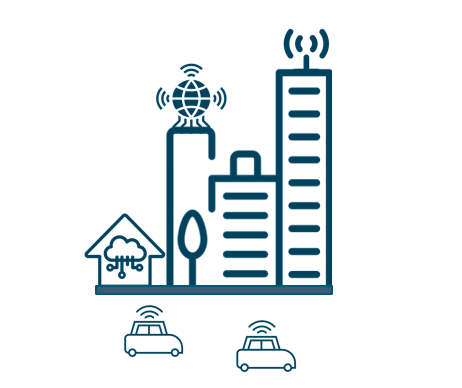Description
The city infrastructure must be able to respond to various challenges including catastrophic events, natural disasters, terrorist attacks and further cases of emergencies. For that purpose, an integrated emergency handling system is required that can close the gap between emergency centres and the citizens. On the one hand, this system should be able to acquire information from and around citizens based, for instance, on social networks or various sensors distributed in the vicinity in question. On the other hand, the system can provide means for pushing notifications and relevant information to citizens who are potentially in danger.
Market Potential
How big is the potential market for this Solution? Are there EU goals supporting the implementation? How has the market developed over time and more recently?
Market Overview
The solution allows city stakeholders (e.g. police, utility companies, planners etc.) and citizens fast and efficient exchange of information in emergencies and the monitoring of catastrophic events and the implementation of ad-hoc response strategies. (Fraunhofer Focus, 2017) The implementation of an Emergency System improves both its living conditions and increase its tax base for a city. Emergency and security services are not always well funded, but they are critical and very likely to be engaged in the early rollouts of smart systems. (Forst and Sullivan, 2015)
Currently, implemented Emergency Systems and their scope are displayed on the following map:

(Forst and Sullivan, 2017)
See the full research here, page 15 -20.
Marketable Outcomes
Besides the potential increase of the tax income, Urban Emergency Systems also attract businesses and investments as they offer a safe environment. (First and Sullivan, 2015)
Forst and Sullivan identified factors which are most likely to support the implementation of Urban Emergency Systems, these are:
- need to curtail the crime rate
- smart city initiatives
- IoT and smart analytics
- modernisation of legacy cameras
- efficient storage management
(Forst and Sullivan, 2017)
Possible Emergencies the System may include are shown in the following figure:

(Abuja, 2017)
Supporting Factors
Supporting Infrastructure
The urban ICT emergency system requires reliable and efficient backbone and mobile communication network, which enable the interaction between citizens and emergency handling team in both directions.
Government Initiatives
The ICT emergency system should be realized in the scope of advanced public safety, in which case a cooperation with the city municipality and belonging stakeholders is required.




